The Cenotaph at Martin Place was initially commissioned to honour the lives of Australian soldiers who lost their lives during the First World War. Today, it is used to commemorate all wars and conflicts.
It is important to note that the word ‘cenotaph’ denotes an empty tomb built in honour of a person whose body is not there. This is important because, for most war fatalities, the bodies don’t make it home.
The Cenotaph World War 1 Monument History, Martin Place Sydney
The Cenotaph takes the shape of a stone block with two bronze statues on its short ends. The Cenotaph constitutes 23 pieces of Moruya granite, which is the same stone that was used to construct parts of the iconic Sydney Harbour Bridge. The rectangular altar measures 3.05m by 1.6m by 1.22m and weighs 20 tonnes.
There is also a soldier and a sailor who stands to protect the structure. The more extended ends of the cenotaph have words inscribed on them. The end that faces Challis House to the north reads ‘Lest We Forget’, while the southward facing end has the words ‘To Our Glorious Dead’.
History has it that the model for the soldier was Private William Pigott Darby, an Irish native who took part in the Gallipoli Campaign and Western Front before his death in Brisbane. The model of the sailor who guards The Cenotaph, on the other hand, was of Leading Seaman John William Varco, who served his country well – most notably between 1914 and 1919. He was also awarded the Commonwealth Distinguished Service Medal in 1918 for his gallant efforts during active service at sea.
Today, The Cenotaph is a focal point for the community’s diverse groups in the different faces of war, which makes it worth a visit.

































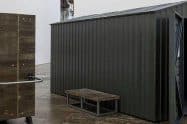




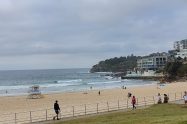
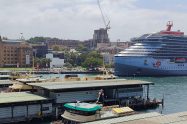



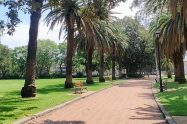


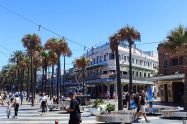
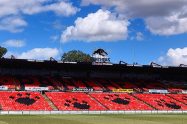



















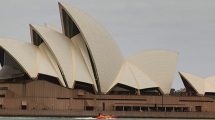




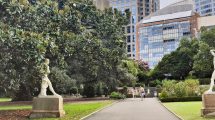


Do You Have a Question to Ask?